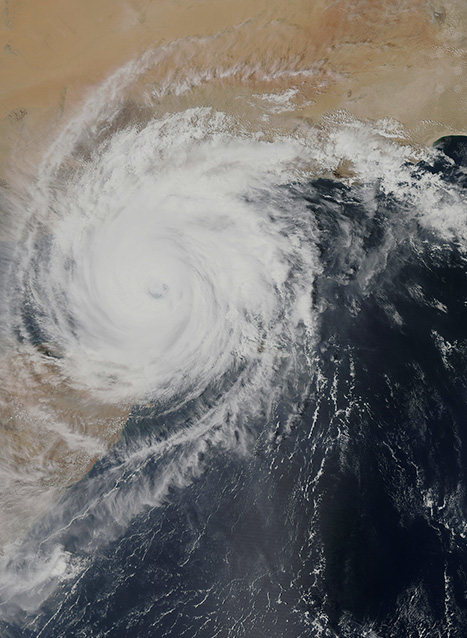Evacuations from Israel and High-Risk Locations Call +44 (0)1202 308810 or Contact Us →

Hurricane Harvey Approaches Texas – Environmental Risks
25 Aug 2017
Hurricane Harvey is set to make landfall in the Texas Gulf area of the USA late on 25 August, by which time it is expected to become a Category Three hurricane. Tens of thousands of people have been evacuated from the Gulf Coast area as the US braces itself for the most powerful hurricane to hit country in 11 years. In addition to the evacuations, 700 members of the National Guard have been drafted in to assist with the evacuations and help prepare defence mechanisms. The states of Louisiana and Texas have declared ‘States of Disaster’, while workers from offshore oil and gas platforms have been evacuated from their stations. Also, the seaports of Corpus Christi and Galveston have been closed.
Key Points
- Hurricane Harvey, the most powerful hurricane to hit the United States of America in 11 years, is set to make landfall in Texas late 25 August.
- Tens of thousands of people have been evacuated and 700 members of the National Guard have been mobilised.
- Louisiana and Texas have declared States of Disaster.
Situational Summary
Environmental – Hurricane Harvey is set to make landfall in the Texas Gulf area of the USA late on 25 August, by which time it is expected to become a Category Three hurricane. Tens of thousands of people have been evacuated from the Gulf Coast area as the US braces itself for the most powerful hurricane to hit country in 11 years. In addition to the evacuations, 700 members of the National Guard have been drafted in to assist with the evacuations and help prepare defence mechanisms. The states of Louisiana and Texas have declared ‘States of Disaster’, while workers from offshore oil and gas platforms have been evacuated from their stations. Also, the seaports of Corpus Christi and Galveston have been closed.
The Federal Emergency Management Agency (FEMA) has also mobilised. FEMA has pre-arranged incident management, lifesaving, and search and rescue teams. Local media in the area is reporting that there are long queues on roads heading inland from the Gulf Coast.
Harvey is estimated to reach the third most powerful category on the Saffir-Simpson Hurricane Scale. Based on this, winds of at least 178km/h (111mph) are expected. As much as 90cm (35in) of rain, alongside storm-surge flooding that could reach a depth of 1.8 to 3.6 metres (six to 12 feet) along the Gulf Coast, is also possible. Flash flood warnings have been posted by the National Weather Service. Meanwhile, the local authorities have advised people to ‘take action to save your lives’. The United States National Hurricane Centre advises that ‘life-threatening and devastating flooding’ will occur in the coastal areas. Weather conditions are expected to deteriorate rapidly through the day of 25 August.
The weather system is predicted to remain in Texas until at least the middle of next week but the most impactful aspect of the storm is likely to be wind-driven water slamming into coastal areas.
SECURITY ADVICE
EnvironmentModerateTravellers are strongly advised that if they have not done so already, they should follow evacuation orders from local authorities and monitor local weather warnings from officials. Pay close attention to weather updates for any changes that may affect your location. Travellers should only return to the region once authorised to do so by local officals. It is important to note that structual damage may have occurred, therefore it is vital to ensure building stability before entering; local officials have advised that some areas of south Texas may be uninhabitable for weeks or months.
If not evacuating it is vital to leave low-lying areas and protect windows with storm shutters. It is advisable to ensure your current location is secure and stock up on food and water, medications, a fully charged cell phone and a generator if possible. Food supplies should consist of non-perishable items and be enough to support each family member for at least three days. One gallon of water per day per person is recommended. It is also advisable that families and loved ones are aware of your current position and kept regularly updated so that they can send assistance in case the worst happens. Travellers may wish to use travel-tracking technology with an intelligence feed to stay updated of storm- and security-related events.
For more, and to follow the path of the storm, see the United States’ National Hurricane Centre at http://www.nhc.noaa.gov/.